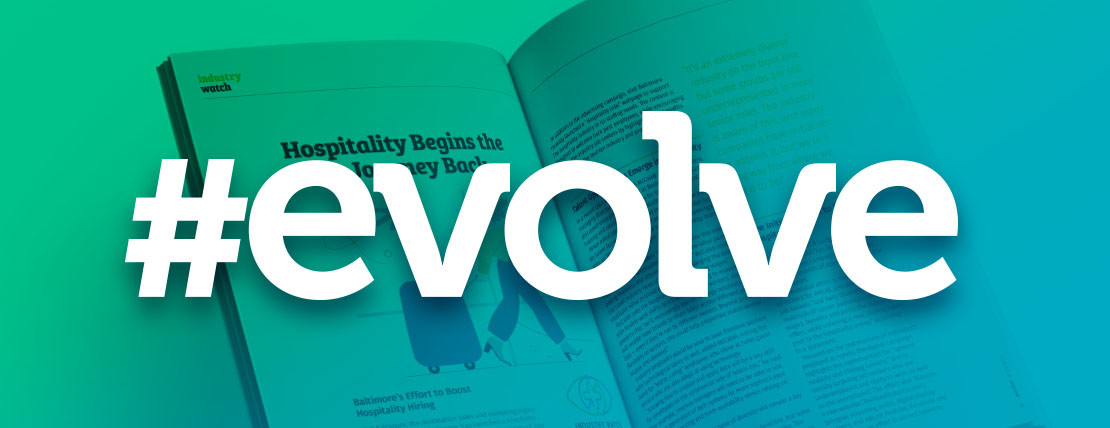Two-plus years of living with the coronavirus pandemic has fundamentally changed how employers approach every phase of the employee lifecycle. This is not an overstatement.
For the past 24 or so months, organizations have had to rethink how they:
- Source talent
- Onboard new hires
- Help employees develop
- Execute the steps necessary to make workers want to stay.
This issue of #evolve offers insight into new talent strategies that have emerged in the pandemic’s wake.
For example, this quarter’s cover story, “Future Focused,” looks at the importance of strategic workforce planning in the days ahead, when organizations expect nearly half of their workforce to be fully remote or a combination of remote and onsite.
“Workforce planning is a foundational action that can enable the organization to successfully manage through change and new risks,” Tracey Malcolm and Hatti Johansson write.
As organizations map out their future talent needs, some are looking to the past.
In “Familiar Faces,” writer Jane Larson weighs the pros and cons of hiring “boomerang employees,” those who have previously worked for the organization and are open to returning.
While companies have historically been leery of bringing back former employees, that attitude is changing, “as people are able to stay connected with former co-workers through social media, as old ideas of company loyalty fade and as workers realize the importance of leaving an employer on good terms,” Larson writes.
“It really has to do with how tight the labor market is right now and how much people are leaving their jobs,” said Kristen Pozen, senior practice leader at the Duffy Group. “There are so many vacancies, and employers are really struggling, never mind that the economy is improving, productivity is improving and more jobs are needed.”
The candidates who eventually fill all these jobs will need to be onboarded, of course. And the pandemic has upended the way organizations onboard new hires.
In “All Aboard,” WorldatWork editor Nu Yang examines how companies have moved much of the onboarding process online during the pandemic out of sheer necessity. And those that have succeeded with their remote onboarding efforts will continue to go the virtual route, Yang writes.
Wherever and however onboarding is done, the goal remains the same.
“New hire onboarding is the first step toward employee engagement,” Sara Vallas, director of employee experience at Willis Towers Watson, told Yang. “Whether it’s a new project, a new skill or the next step along the career journey, it’s in the organization’s best interest to keep that employee engaged.”
Boiled down, the name of the talent strategy game is keeping employees engaged. Numerous studies show that engaged employees are happier, more productive and more likely to stay.
Here’s hoping the following pages contain some nuggets that will help your organization attract, engage, and hold on to the talent you’ll need to navigate an unpredictable competitive landscape.








